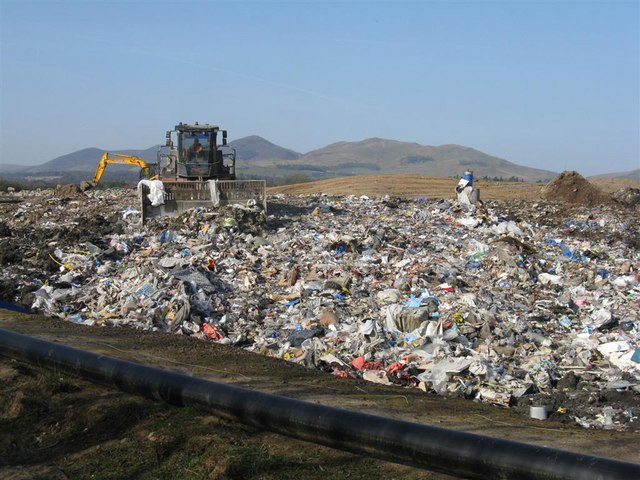Have What It Takes? Join Our Team
The Essential Role of a Low-Grade Asbestos Remover & Collector Introduction When it comes to ensuring the safety of …

In the UK, landfill waste goes to landfill sites, which are specially engineered areas where waste is disposed of by burial. Here’s a breakdown of how the landfill process works and the current status of landfills in the UK:
In conclusion, while landfill has historically been a primary method of waste disposal in the UK, efforts are ongoing to reduce the volume of waste that ends up in landfills, both through waste reduction measures and alternative disposal or treatment methods.
The Essential Role of a Low-Grade Asbestos Remover & Collector Introduction When it comes to ensuring the safety of …
JS Removals have seen an increase in instances of asbestos containing materials that have been damaged with the ever-increasing frequency …
Home-buyers with a preference for older properties are often likely to be lumbered with an additional, unforeseen expense: paying for …